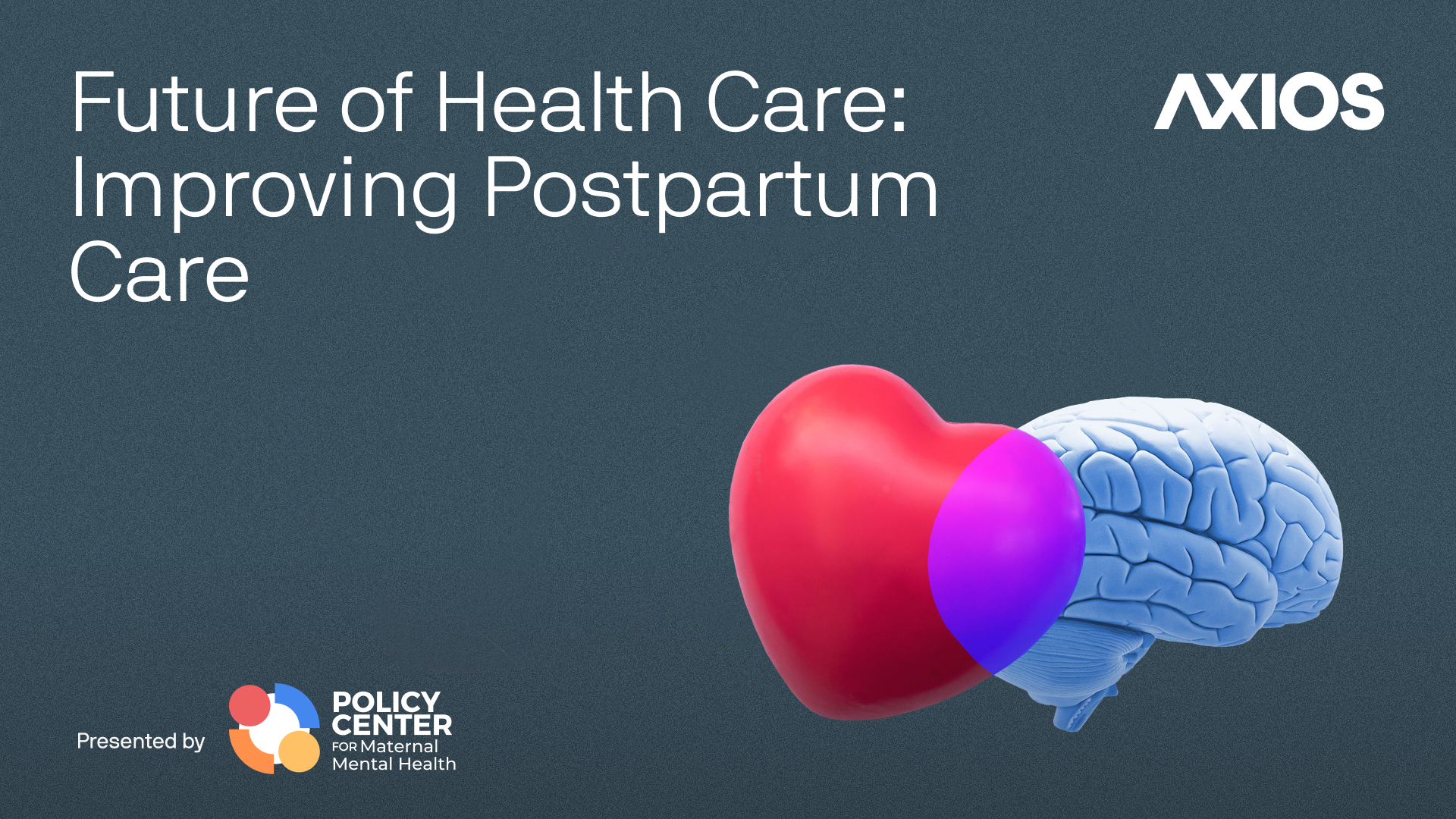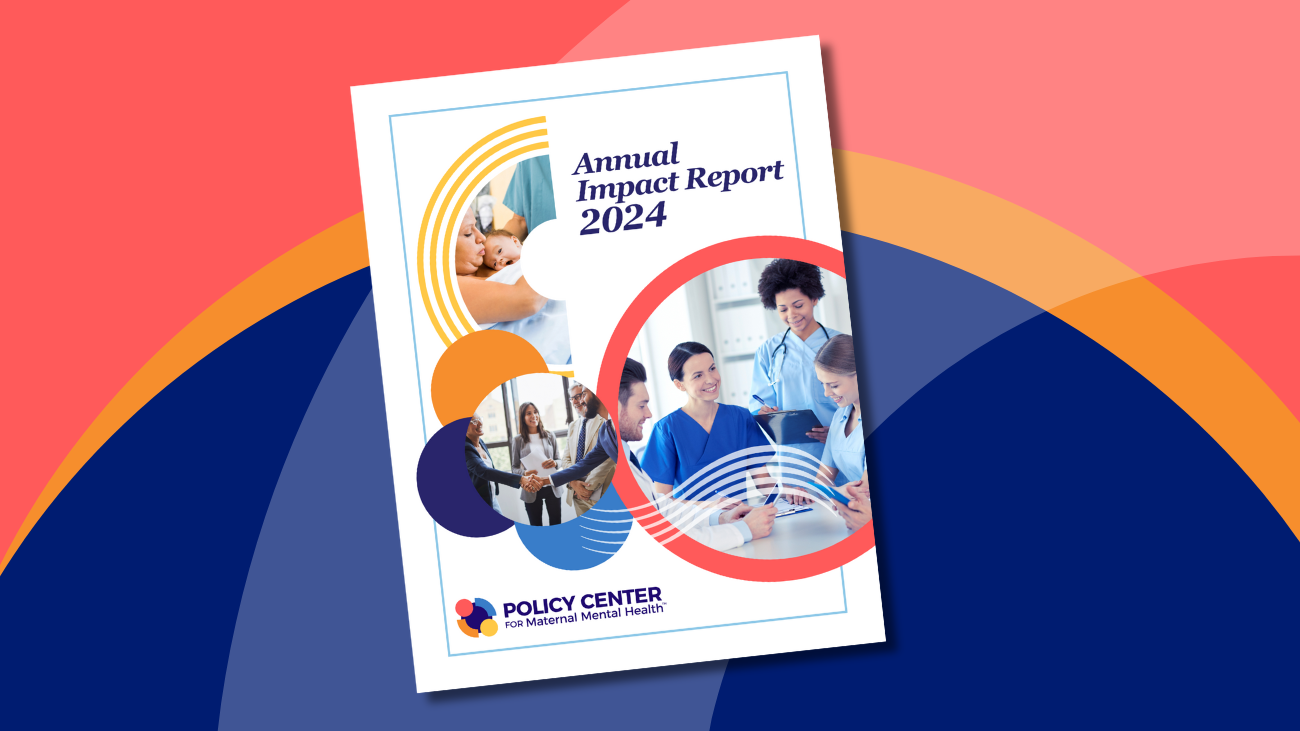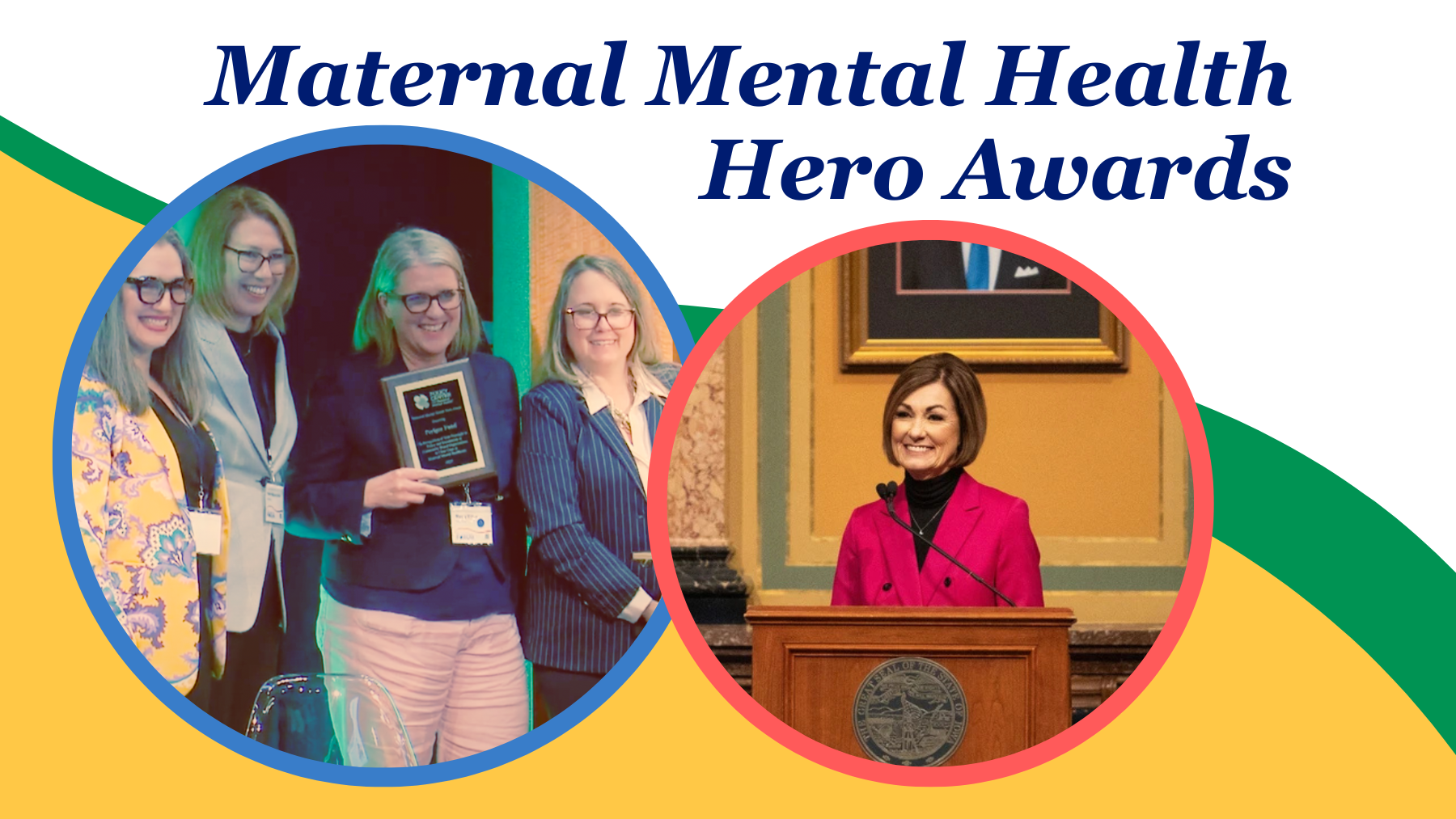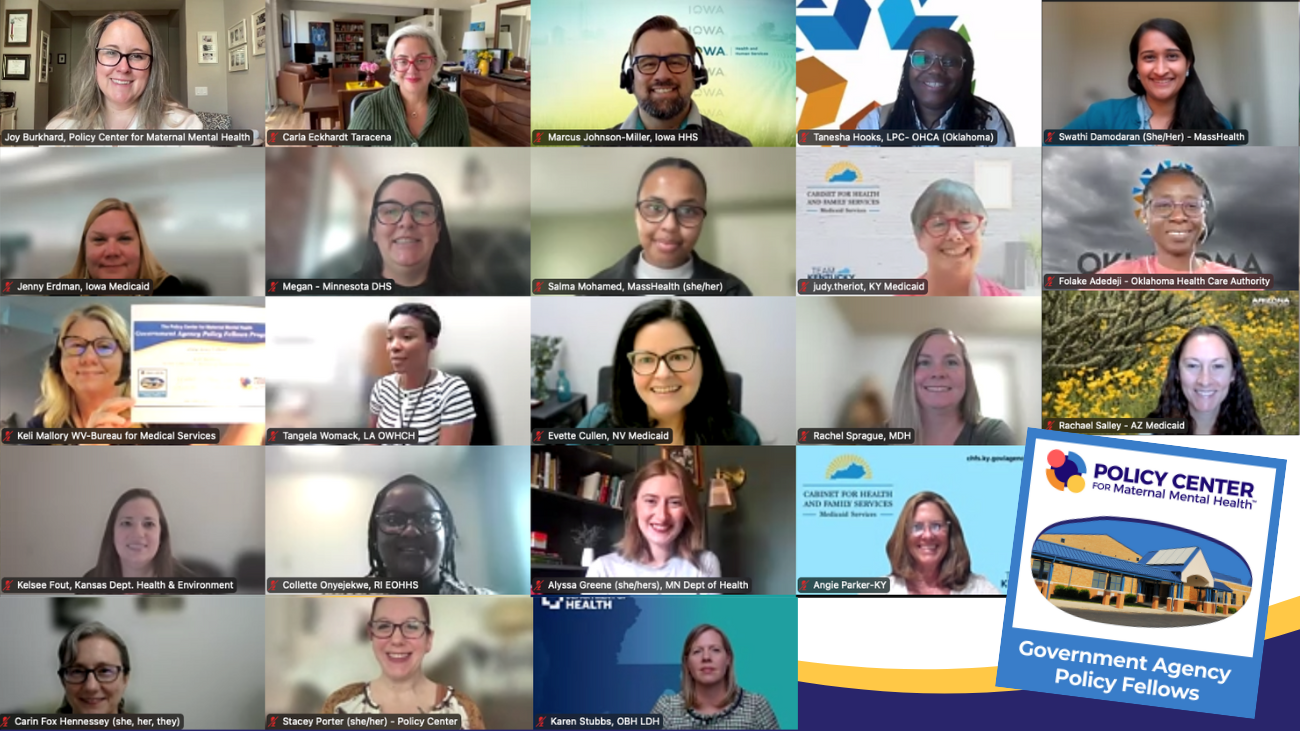On Wednesday, December 4, the Policy Center presented an Axios media event titled “Improving Postpartum Care” in the U.S.
The event featured several leaders in maternal health care and focused on improving postpartum care and maternal mental health outcomes through policy changes and healthcare practices.
I was fortunate to share my thoughts after a powerful video segment of Steven D’Acchille shared his wife Alexis’s story about falling through the postpartum care cracks and losing her life due to ineffectively treated maternal mental health disorders and suicide.
Here are the facts, analogies and vision for the future that I shared during a question and answer session with former award-winning investigative reporter, Chris Frates (“CF”):
CF: As we just heard, a lack of postpartum care can have tragic outcomes for parents. What do we know about preventable maternal deaths and how to prevent them?
JB: Unfortunately, Steven and Alexis’s story is far too common.
Over 800 women die due to conditions related to childbirth in the U.S. each year. This is referred to as maternal mortality. The U.S. maternal mortality rate is much higher than all other developed nations.
What people often assume is that mothers are primarily dying during labor and delivery. While too many women are dying during this time the majority of maternal deaths happen in the postpartum period. The CDC using information from the states has noted 80% of these deaths are preventable.
As someone with over 25 years leading healthcare quality improvement and compliance initiatives, it’s clear that the primary reason for these preventable deaths is a lack of infrastructure: such safety standards and monitoring.
An analogy I like to use is a comparison to commercial aviation. In 2022 there were just over 800 maternal deaths in the U.S. By contrast, there were zero deaths related to commercial airlines or plane crashes in 2022.
So what’s the difference? As we all know, the Federal Government sets standards and has a process for monitoring safety, including a Federal agency -the FAA, that monitors air traffic and inspecting airplanes, Congressional hearings, and more.
Infrastructure like this could go a long way in improving maternal health and postpartum care in America.
CF: Please tell me more about maternal mental health and suicide?
JB: Maternal Mental Health conditions are the leading cause of maternal death in the U.S. I like to frame maternal mental health in 4 key points: by what we call “Maternal Mental health by the 20s”:
- 20% of those who are pregnant or in the postpartum period will suffer from an MMH disorder like postpartum depression
- Less than 20% are screened for MMH disorders
- And Medicaid enrollees are screened at higher rates than privately insured patients because there is more infrastructure in place through Medicaid.
- Less than 20% of those who suffer from an MMH disorder receive treatment
- Roughly 20% of maternal deaths are due to suicide
There is a great opportunity for the future health of our families in the U.S. to change these results and change them quickly.
CF: What are doctors and the federal government doing to develop postpartum and maternal mental health guidelines?
JB: As we previously discussed, guidelines or safety standards are an important step in the right direction.
Starting with Postpartum care, the American College of Obstetricians and Gynecologists (ACOG) has long recognized that it should not be limited to one visit during the postpartum period, which is currently all that most insurers and most Medicaid agencies are paying for.
In ACOG’s Optimizing Postpartum Care position statement, ACOG notes:
“To optimize the health of women and infants, postpartum care should become an ongoing process, rather than a single encounter, with services and support tailored to each woman’s individual needs.”
This includes full assessments of physical and psychological well-being and a minimum of two routine visits for all women, more for those with complications.
ACOG has also issued the first clinical practice guidelines specific to maternal mental health to address detection and treatment. These guidelines define how often screening to detect these disorders should occur, including multiple screenings in the postpartum period.
At the request of Congress through federal legislation signed by President Trump, the Federal Government is also currently running a maternal mental health task force that has issued recommendations about the need for comprehensive care and postpartum support.
CF: What kind of treatments are available for postpartum depression? And what do providers need to ensure they can successfully treat these disorders, and importantly, that patients have access to those treatments?
JB: There is a range of evidence-based treatments and supports for maternal mental health conditions. We have published a menu of prevention and treatment options including natural treatments like nutrition adjustments and exercise.
Counseling and medications are examples of traditional treatments that can be very effective. Counseling provided by perinatal mental health-certified providers is the gold standard.
Medications like antidepressants can also help, however, these standard antidepressants can take weeks and sometimes months to work. There is a new FDA-approved treatment specific to postpartum depression, called Zurzuvae that works within days. We published a report this week that addresses insurance coverage of this new treatment.
The majority of health insurers and Medicaid plans cover this treatment without undue restrictions. We urge all insurers and Medicaid agencies to cover the treatment without requiring trials of other antidepressants so women and their families can benefit from immediate relief.
Support for maternal mental health disorders can also be provided through state-certified peer support specialists, who are people who have recovered from maternal mental health disorders. We also need to increase access and ensure coverage to Ob/Gyns and midwives who also provide maternity care and comprehensive postpartum support. Finally, access to postpartum doulas and nurses who can go into the home to provide much-needed care to mothers and babies is also critical.
We can do this by providing billing codes and appropriate reimbursement levels to these providers through private insurance and Medicaid coverage.
CF: Finally, what does the future of postpartum care in America look like?
JB: I am hopeful about the future of postpartum care – particularly after the overturn of Roe v. Wade. Both Republicans and Democrats, men and women have experienced this problem and see the opportunity to improve our nation’s collective wellbeing and our future by providing mothers with the support they need to care for their children.
Improving postpartum health care, and child care so mothers can go to work and paid leave so they can heal and attend appointments without fear of losing income or their jobs. Focusing on postpartum care provides our leaders with a tangible path forward so our mothers and country have an increased ability to thrive.



